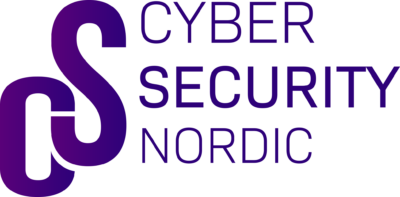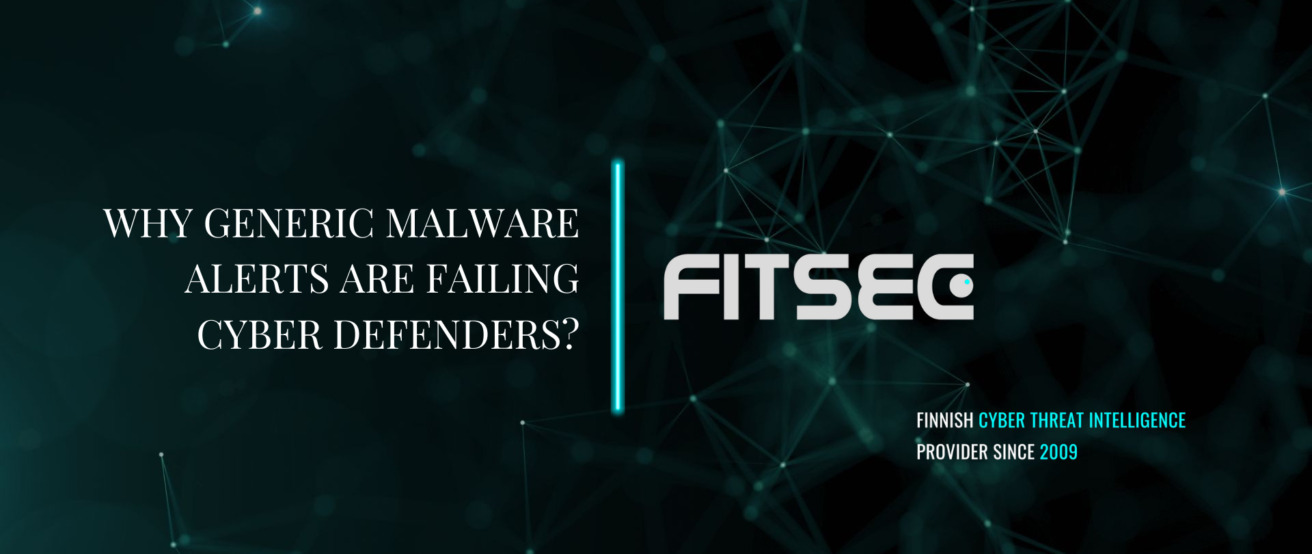Opportunity Unveiled
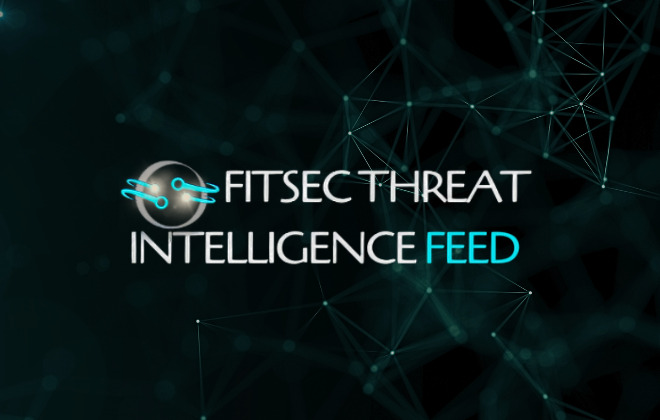
Unlocking the Power of Threat Intelligence to Strengthen Business Security
Imagine waking up to a storm warning that lets you prepare in advance, safeguarding your home and loved ones. In the digital world, threat intelligence serves a similar purpose. It’s a powerful collection of data that identifies malware fingerprints and potential attacks aimed at organizations. Designed for easy integration into existing systems, it enhances your ability to detect and respond to threats. With threat intelligence, organizations can not only prevent advanced attacks but also minimize damage when they occur. This blog will illuminate how threat intelligence unveils exciting opportunities for businesses, empowering them to strengthen their security posture and navigate the complexities of today’s cyber landscape.
What is Threat Intelligence?
Threat intelligence is the practice of gathering and analysing information about potential threats to an organization’s digital assets. It acts like a radar system, alerting businesses to incoming dangers and enabling them to prepare and respond effectively. At its core, threat intelligence involves collecting data on malware fingerprints and attack patterns that cybercriminals might exploit. This information is designed to seamlessly integrate into existing systems, enhancing an organization’s ability to detect and respond to threats. By leveraging threat intelligence, businesses can better understand the landscape of cyber risks, ultimately preventing advanced attacks and minimizing damage when incidents do occur.
Recognizing Opportunities Through Threat Intelligence
Picture a business receiving advance notice of a potential cyber attack before it even occurs. This is the transformative power of threat intelligence, enabling organizations to identify risks early and take proactive measures to protect their systems. For example, a retail company might be notified of a new malware targeting point-of-sale systems, prompting them to implement security updates just in time for the busy holiday shopping season. This foresight helps ensure customer data remains secure.
Utilizing data-driven insights allows companies to refine their security strategies based on real-time information. This agility enhances their ability to respond swiftly during incidents, minimizing costly downtime. Consider a financial institution that detects an attempted breach; by acting quickly, they can limit the impact and maintain customer trust, showcasing their commitment to security.
Threat Intelligence as an All-in-One Solution for Organizational Security
Threat intelligence is referred to as an all-in-one solution for organizations, providing a comprehensive approach to security that integrates seamlessly with existing measures. By utilizing tools and resources tailored for various audiences—whether individuals, small businesses, or larger enterprises—organizations can enhance their security posture significantly.
One key aspect of threat intelligence is threat landscape mapping, which offers a comprehensive view of global threats in relation to an organization’s specific environment. This allows businesses to understand external risks and prepare accordingly. Automated threat detection systems streamline security processes by identifying potential threats without constant manual oversight.
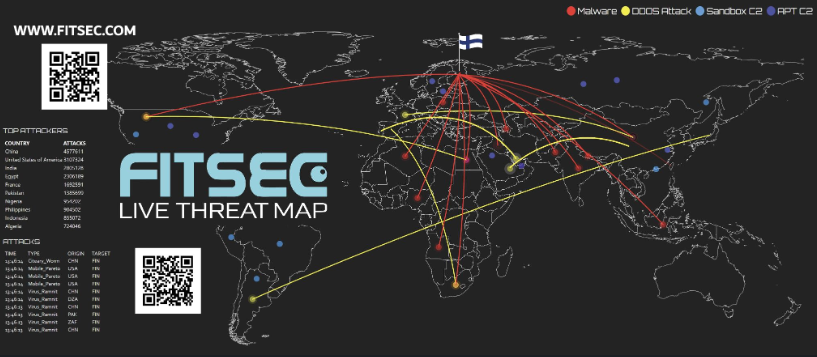
Understanding Advanced Persistent Threats (APTs)
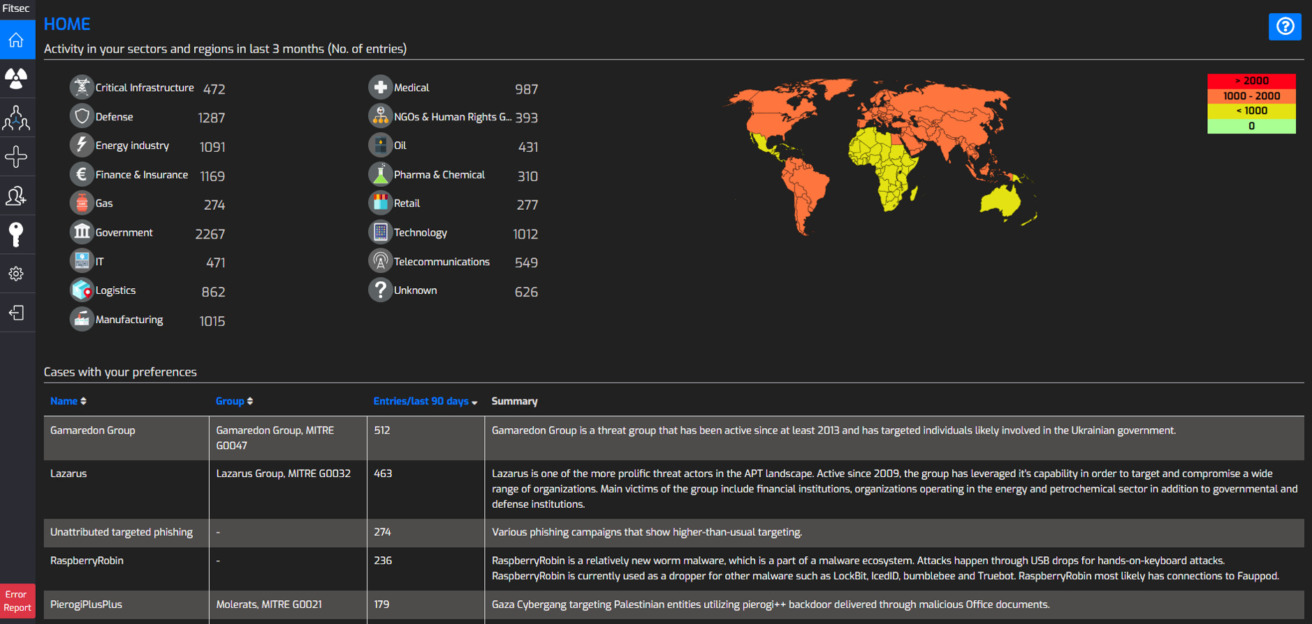
Advanced Persistent Threats (APTs) are among the most sophisticated and dangerous forms of cyberattacks. Unlike typical threats that may be opportunistic and quick, APTs are carefully orchestrated operations targeting specific organizations or individuals. Attackers use multiple phases to infiltrate a network, beginning with reconnaissance to gather intelligence about vulnerabilities. Once inside, they maintain a low profile to extract sensitive information over time.
APTs are long-lasting and often go undetected, making them particularly perilous. To combat APTs, organizations must adopt a multi-layered security approach that includes threat intelligence and continuous monitoring. By understanding threat actors' behaviors and implementing robust security measures, businesses can strengthen their defenses and protect critical assets. Additionally, using threat intelligence enables organizations to proactively detect and counter the tactics employed by APT attackers, significantly reducing the risk of infiltration and safeguarding sensitive data.
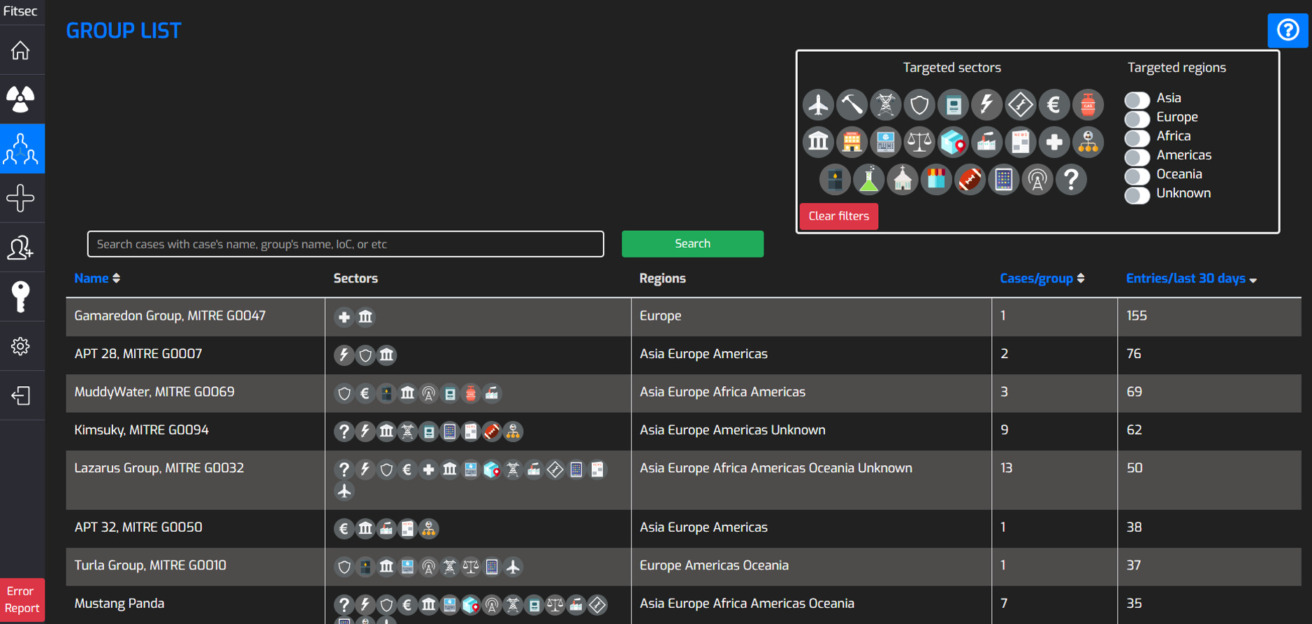
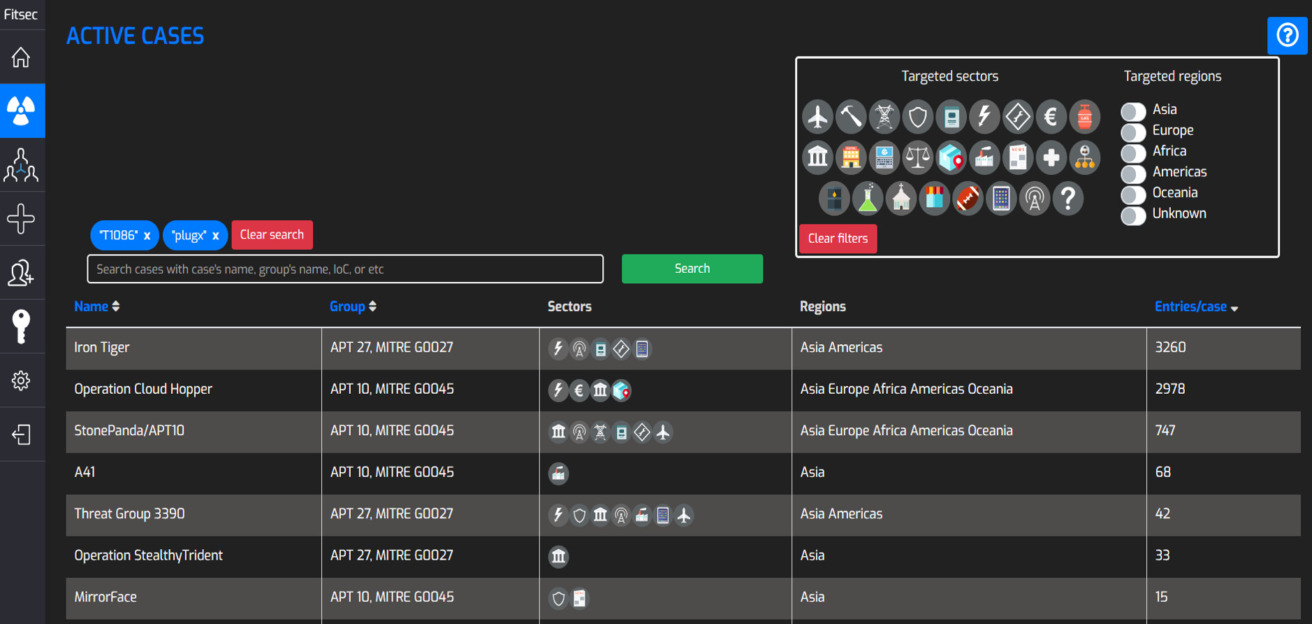
Embracing the Power of Threat Intelligence
With the increasing complexity and unpredictability of the threat environment, threat intelligence has become a vital resource for organizations committed to safeguarding their operations. It empowers businesses to anticipate and counteract cyber threats effectively, transforming security from a reactive stance to a proactive strategy.
By integrating threat intelligence into their security frameworks, organizations can enhance their defenses and respond swiftly to potential risks. Collaborative insight sharing strengthens security and builds resilience. By prioritizing threat intelligence, organizations safeguard critical assets and simply ensure a secure future.


